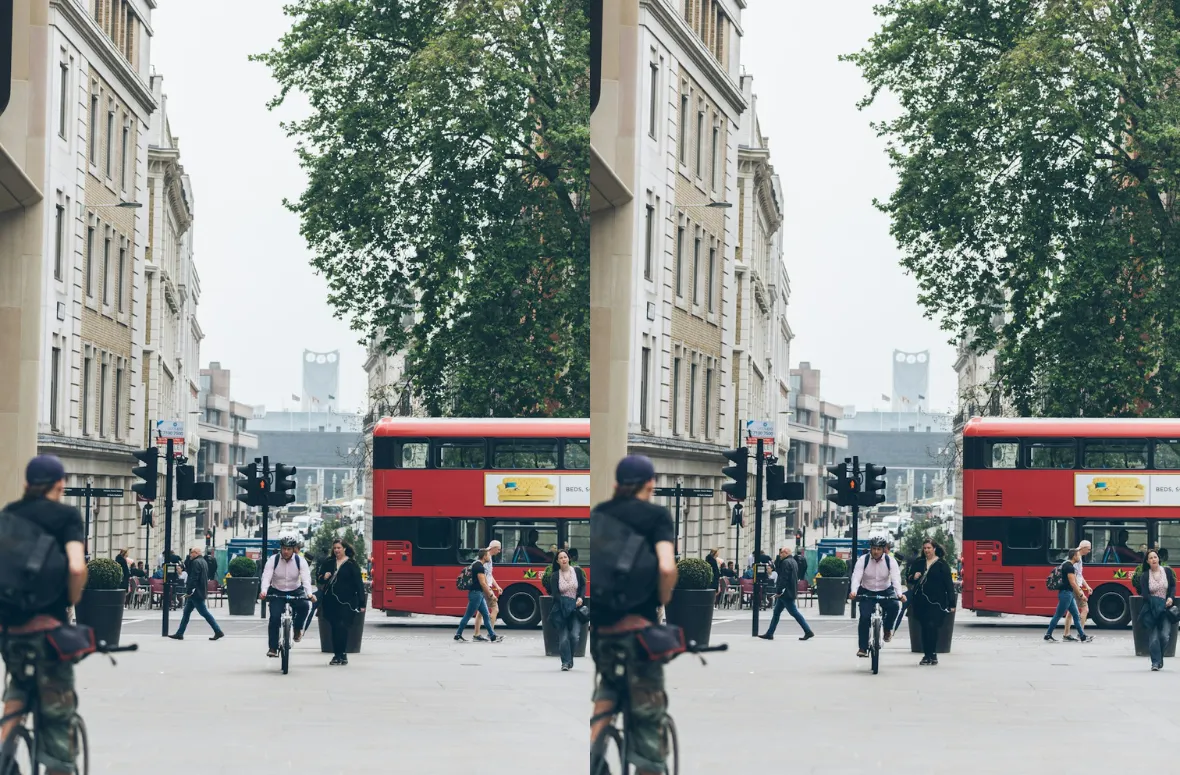An African safari is a once-in-a-lifetime experience that allows you to witness breathtaking natural scenery and observe iconic wildlife up close. However, interacting with the environment and local communities requires knowing certain dos and don’ts to ensure the experience is enjoyable yet responsible. This article discusses the essential guidelines for respecting nature, staying safe, and minimizing cultural and ecological impacts during your African adventure.
Understanding the Dos and Don’ts: Essential Guidelines for an African Safari Adventure
My friend Sarah recently went on her dream African safari vacation to Kenya and Tanzania. As someone who loved nature and wildlife, she had always wanted to see the spectacular landscapes and experience Africa’s rich biodiversity up close. Her goal was to have an unforgettable experience while learning about the essential Dos and Dont’s in an African Safari. However, she soon realized that interacting respectfully with the environment and local communities required following some important guidelines. Let me share with you the key lessons Sarah learned about the dos and don’ts of a responsible African safari.
Dos: Respecting Wildlife and Nature in their Natural Habitat
One of the first things Sarah noticed was how close she could get to observing animals like lions, elephants, and zebras in the open savannah and grasslands. While the ability to see wildlife so openly was thrilling, she understood that these were wild animals in their natural space. She made sure to keep a safe distance and always follow the instructions of their local guide. If an animal seemed agitated or the guide advised waiting, she gave the wildlife plenty of space without crowding or chasing them. Sarah also respected nature preserves by staying on marked trails and limiting noise or flashes from cameras to avoid disturbing animals. Understanding boundaries between humans and wildlife is critical for their protection.
Don’ts: Common Mistakes to Avoid During Your Safari Experience
Unfortunately, Sarah saw other tourists make some mistakes that could harm animals or ruin the experience for others. Leaving vehicles when rangers hadn’t approved it scared animals unnecessarily. Another family was too loud cheering and screaming when they spotted lions hunting. Flashing cameras constantly in an animal’s face from too close a distance was also inappropriate. Sarah realized these well-intentioned actions could still elevate wildlife stress levels. She avoided feeding or touching wild animals that could spread disease. Approaching protected dens or nesting sites was strictly prohibited. Being mindful of one’s actions helped Sarah appreciate nature without inadvertently causing harm.
Safeguarding Your Health
While on game drives, Sarah noticed the varied landscape from tropical rainforests to arid bushveld posed some health risks. Their guide educated them on what diseases may be present locally and proper vaccination protocols. She packed appropriate clothing, did not wander off alone, and applied insect repellent as advised. During walks, long pants and covered shoes are protected against bites and stings. Boiling or treating all water was mandatory in remote areas with no plumbing. Sarah avoided undercooked meats and washed their hands frequently given the risk of gastro-intestinal illness. Being prepared and taking basic safety precautions helped her fully enjoy her bush experience without worrying about potential dangers.
Dos and Don’ts When Interacting with Indigenous Communities
Part of Sarah’s safari included visiting Maasai villages in Tanzania to learn about their traditions. She understood these indigenous peoples had deep-rooted customs and asked permission before taking any photos of villagers. Gifts were only given if the chief approved to avoid interfering with local economies. During ceremonies, Sarah respectfully observed from a distance without participating unless invited. She avoided inappropriate clothing out of respect for their culture and values. By being thoughtful and educating herself on cultural norms, Sarah had insightful interactions that deepened her appreciation for Africa’s diverse peoples.
Dos and Don’ts for Ethical Wildlife Photography
As an amateur photographer, Sarah looked forward to capturing Africa’s spectacular landscapes and wildlife on camera. However, she knew photography needed boundaries. Flashes and loud shutters could frighten animals so she only photographed at a distance without disturbing them. When visiting communities, she asked permission before taking portraits and never paid for photos which could exploit people. Sarah avoided posting photos online that revealed sensitive locations to prevent overtourism or poaching. She handwrote notations on memory cards in case her camera was lost or stolen. Being conscientious helped Sarah obtain memorable photos while protecting sensitive subjects and environments.
Dos and Don’ts for Minimizing Your Ecological Impact
Part of enjoying nature meant protecting it for future generations in Sarah’s view. She brought reusable water bottles to avoid plastic waste and supported lodges with strong environmental practices. All litter was disposed of properly or brought back from the bush. During game drives, Sarah stayed in vehicles as instructed instead of wandering off-road and damaging fragile habitats. In areas with endangered species, she strictly followed the rules around designated development or conservation zones. Small actions like conserving water and energy in rooms as well as reporting any poaching activity can aid ongoing anti-poaching efforts. Sarah understood tourism needed to be sustainably managed to keep Africa’s wild spaces pristine.
Also Read: Reasons to Choose Hotels for Summer Vacation
Bonus Tip:- Best Time for Gorilla Trekking in Uganda
Uganda, home to over 1000 mountain gorillas, is considered one of the prime destinations in Africa for primate tracking, like the best time for Gorilla Trekking in Uganda. Peak gorilla viewing season typically spans from June to September, characterized by milder temperatures ranging between 65-80 degrees Fahrenheit. The dry season during this period also facilitates easier navigation through lush rainforests, free from the challenges of mud. Conversely, January to February and March to May experience more rainfall, resulting in muddy trekking conditions and potentially pushing gorillas to higher elevations. However, the off-season does offer the advantage of lower visitor numbers, ensuring a more intimate experience with fewer crowds competing for limited daily permits. While June to September offers the best weather and wildlife viewing opportunities, year-round trekking can still yield incredible experiences for wildlife enthusiasts, provided they plan ahead and remain flexible.
Final Thoughts
Sarah discovered an African safari required respecting strict conservation principles to appreciate nature responsibly and support local communities. Following basic guidelines around wildlife observation, environmental sustainability, cultural sensitivity, and ethical photography enriched her experience without causing any harm. She hoped sharing these valuable lessons would help others prepare for an unforgettable African adventure that also protects the environment and people of this beautiful continent.




